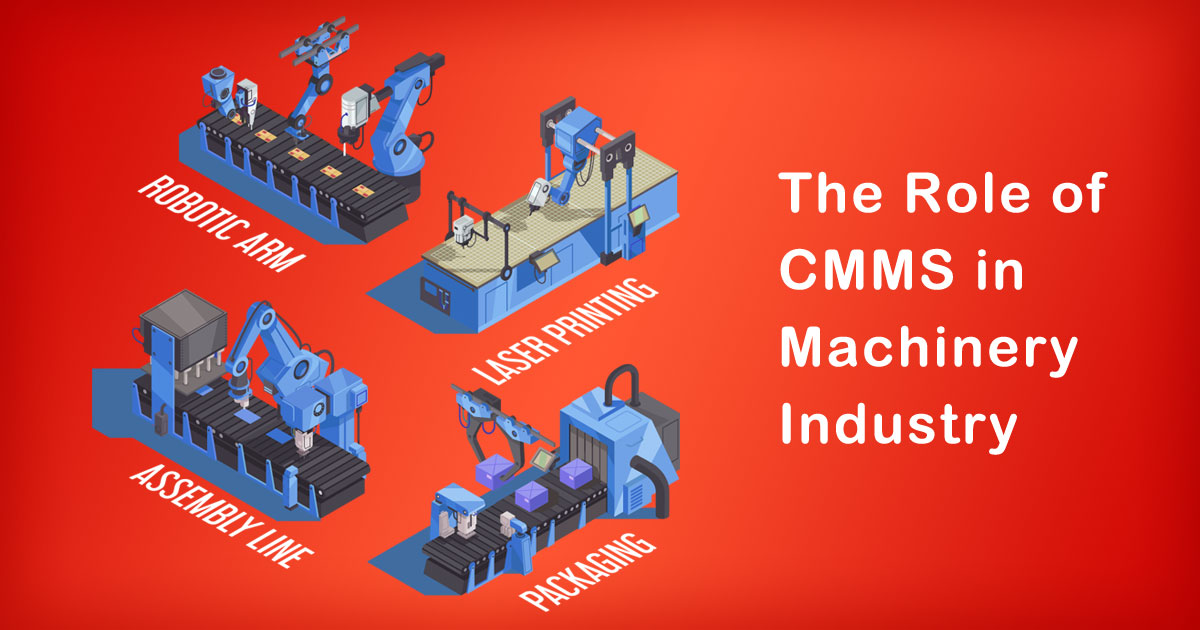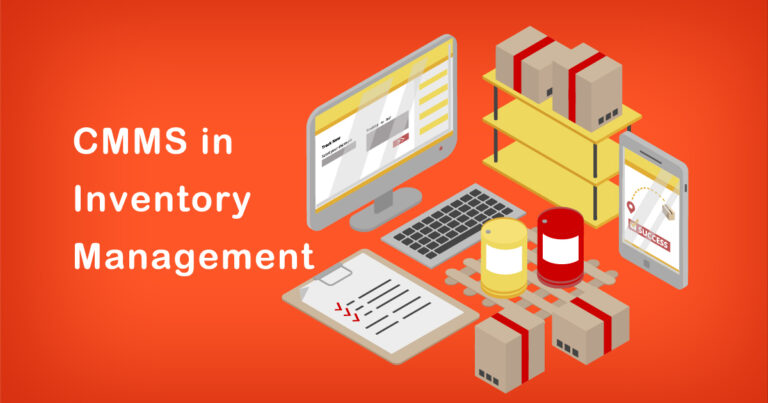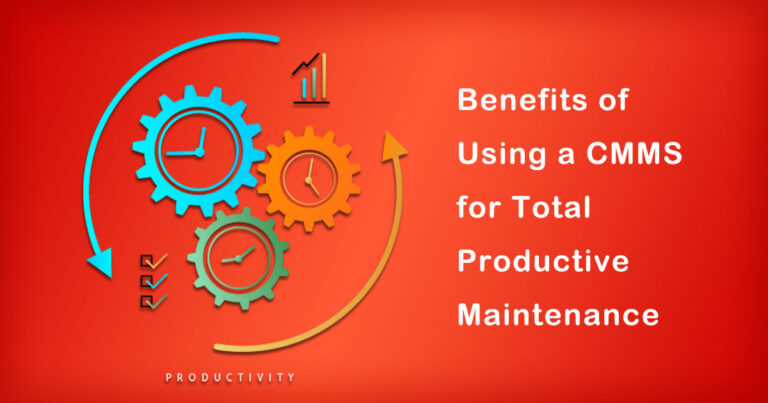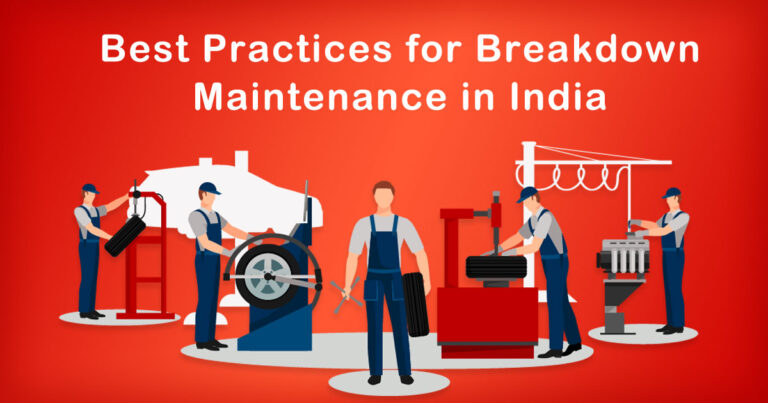Introduction
In today’s rapidly evolving world, the machinery industry plays a crucial role in driving economic growth and technological advancement. In India, the machinery sector has witnessed significant growth, catering to diverse sectors such as manufacturing, construction, agriculture, and more. With the increasing complexity of machinery operations, the need for effective maintenance and management becomes paramount. This is where Computerized Maintenance Management Systems (CMMS) come into play. In this article, we will explore the role of CMMS in the Indian machinery industry, highlighting its benefits and impact on efficiency and productivity.
Understanding CMMS
Computerized Maintenance Management System (CMMS) is a software-based solution designed to streamline and optimize maintenance activities, ensuring the smooth functioning of machinery and equipment. CMMS serves as a centralized hub for managing maintenance tasks, work orders, inventory, asset tracking, and preventive maintenance schedules.
1. Efficient Work Order Management
In the machinery industry, timely maintenance is essential to prevent unexpected breakdowns and production downtime. CMMS provides a comprehensive platform for creating, assigning, and tracking work orders. Maintenance teams can easily prioritize tasks, set deadlines, and allocate resources efficiently. By automating the work order process, CMMS eliminates manual paperwork, reduces human errors, and ensures that maintenance activities are carried out promptly and systematically.
2. Asset Tracking and Management
Machinery-intensive industries often struggle with asset tracking and management due to the sheer volume and complexity of equipment involved. CMMS enables organizations to create a centralized asset database, complete with detailed information about each machine, such as model number, maintenance history, warranty details, and spare parts inventory. This data helps in tracking the performance, maintenance requirements, and lifecycle of machinery, enabling proactive decision-making and minimizing equipment downtime.
3. Preventive Maintenance Planning
Preventive maintenance is a crucial aspect of machinery upkeep, as it helps identify and address potential issues before they escalate into major problems. CMMS plays a pivotal role in planning and executing preventive maintenance activities. By setting up automated reminders and schedules, CMMS ensures that maintenance tasks, such as inspections, lubrication, calibration, and component replacements, are carried out at the right intervals. This proactive approach not only reduces costly breakdowns but also extends the lifespan of machinery, resulting in significant cost savings for businesses.
4. Inventory Management and Procurement
Managing spare parts and inventory can be a daunting task, particularly for organizations with a wide range of machinery. CMMS facilitates effective inventory management by keeping track of spare parts usage, reordering levels, and suppliers’ information. This enables maintenance teams to streamline the procurement process, avoid stockouts, and reduce lead times. By optimizing inventory management, CMMS minimizes the chances of production delays due to unavailability of critical components.
5. Performance Analysis and Reporting
CMMS provides valuable insights into the overall performance and maintenance history of machinery. By analyzing data on downtime, repairs, and maintenance costs, organizations can identify recurring issues, areas of improvement, and potential bottlenecks in their maintenance processes. These data-driven insights empower decision-makers to optimize maintenance strategies, allocate resources more efficiently, and enhance overall productivity.
Conclusion
In the Indian machinery industry, the effective utilization of resources and efficient maintenance practices are critical for sustainable growth and competitiveness. The adoption of Computerized Maintenance Management Systems (CMMS) enables organizations to streamline maintenance operations, reduce downtime, and enhance productivity. By automating work order management, asset tracking, preventive maintenance planning, inventory management, and providing valuable performance analysis, CMMS offers a holistic solution to the challenges faced by the machinery industry.
As the Indian machinery industry continues to evolve and expand, incorporating CMMS into maintenance practices can result in substantial benefits. With increased efficiency, reduced downtime, and improved asset management, organizations can achieve higher productivity levels, optimize costs, and gain a competitive edge in the market.
It is important for Indian machinery industry stakeholders to recognize the significance of CMMS and invest in suitable software solutions that align with their specific requirements. By implementing CMMS effectively and training maintenance teams to utilize its capabilities, organizations can unlock the full potential of their machinery assets, leading to improved operational efficiency and long-term success.
In conclusion, the role of CMMS in the Indian machinery industry cannot be overstated. By leveraging technology to streamline maintenance processes, optimize asset management, and enhance productivity, CMMS serves as a powerful tool for organizations to thrive in today’s dynamic business environment. Embracing CMMS as an integral part of maintenance strategies will not only bring immediate benefits but also ensure a sustainable future for the machinery industry in India.
References:
Jha, R., & Duggal, K. (2022). Role of Computerized Maintenance Management System (CMMS) in the Manufacturing Sector: A Review. Journal of Industrial Engineering and Management Science, 4(1), 76-87.
Shukla, A., & Singh, R. K. (2021). Role of CMMS in Maintenance Management System: A Review. Journal of Intelligent Systems, 30(1), 259-272.
Verma, P., & Chauhan, R. (2020). Computerized Maintenance Management System (CMMS) in Indian Industries: A Literature Review. International Journal of Applied Engineering Research, 15(18), 376-380.







